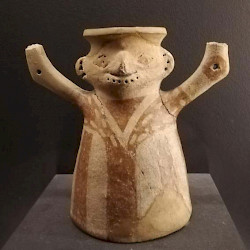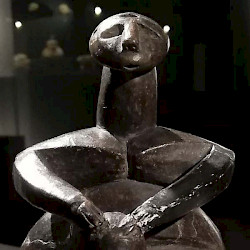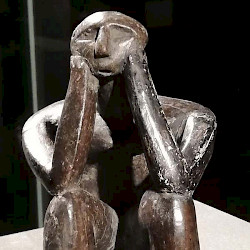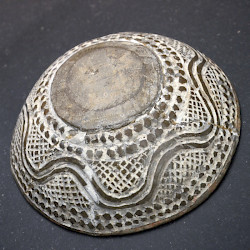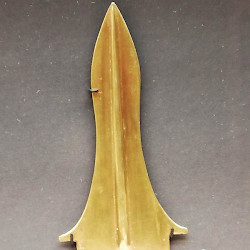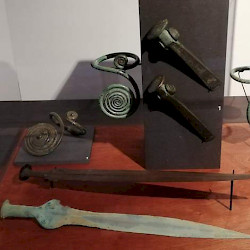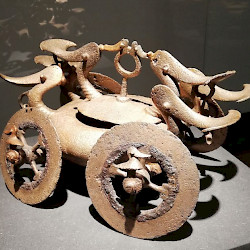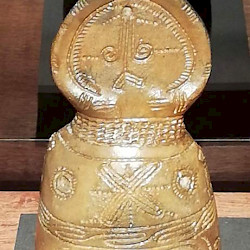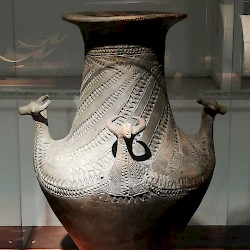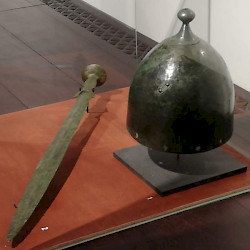Prehistory of Dacia
Q212853Dacia: country north of the Lower Danube, more or less identical to modern Romania. It experienced influences from the Thracians, Scythians, Greeks, and Celts and became a powerful kingdom, added as a province to the Roman Empire, abandoned to Germanic-speaking tribes, and part of the Avar zone of influence.
Neolithic
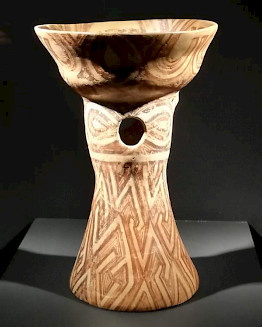
The Neolithic is the last phase of the Stone Age. It used to be defined as the breakthrough of agriculture, recognizable by people with permanent residences (farms), who also had pottery. The Neolithic people were no longer wandering hunters and gatherers. This view on the origin of agricultural society has been challenged and it has become apparent that agriculture, the sedentary way of life, and pottery did not necessarily originate at the same time, which is why archaeologists now prefer to think of the last phase of the Stone Age as a process, "Neolithization".
This much is certain: a new society emerged, in which humans started to take control of their food supply and were no longer completely dependent on what nature used to offered. This meant that more people could be fed and as a consequence, there was a population explosion. At the same time, there was an accumulation of wealth, which had to be protected, so we witness the rise of a class of warriors. Only the emergence of the first cities and the Industrial Revolution have been equally important processes.
The Neolithization of the Lower Danube area started in c.6000 BCE, when farmers from Anatolia settled there. In the course of the sixth millennium, new cultures developed, with pottery that does not resemble anything that was older, neither in Anatolia, nor on the Balkan Peninsula. Something similar can be said about sculpture of the Hamangia culture, which is splendid and without parallel. Gold and copper forging were introduced in the fourth millennium BCE.
This culture was followed in the course of the fourth millennium (the Chalcolithic Age) by the Cernavodă culture. In this period, the number of archaeological finds decreases drastically, suggesting a dramatic decline of the population. One explanation is that an epidemic caused this population decline and made the land accessible for nomads from the east. In other words, a demographic catastrophe allowerd the westward migration of Indo-European speakers.
Bronze Age
Bronze Age society (third and second millennium BCE) knew little agriculture. The people of the Early Bronze Coţofeni culture lived in small villages, often on hilltops, or followed their flocks. In the Middle Bronze Age (c.2100-1500 BCE), the pottery of the Monteoru, Vatin, Wietenberg, and Otomani cultures has similarities to Mycenaean ceramics. During the Late Bronze Age (c.1600-1100 BCE), the climate in Southeastern Europe became somewhat more arid and the level of the Black Sea lowered. The population adapted and the Iron Age began.
